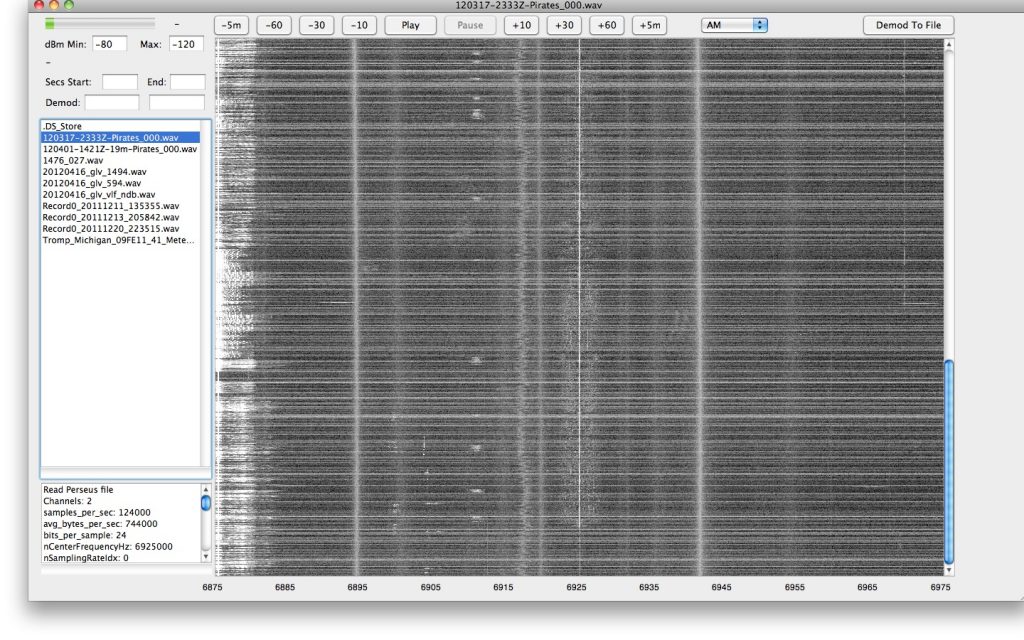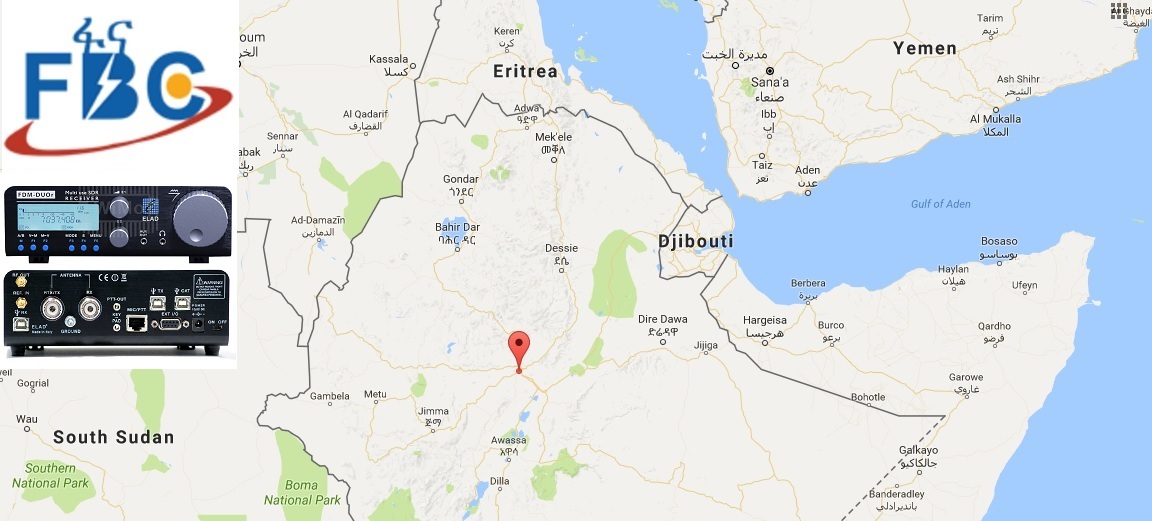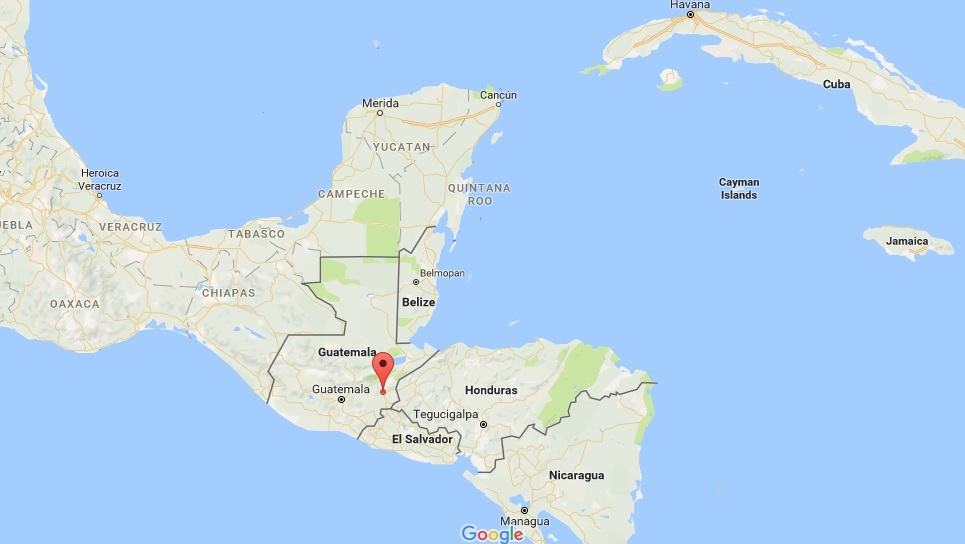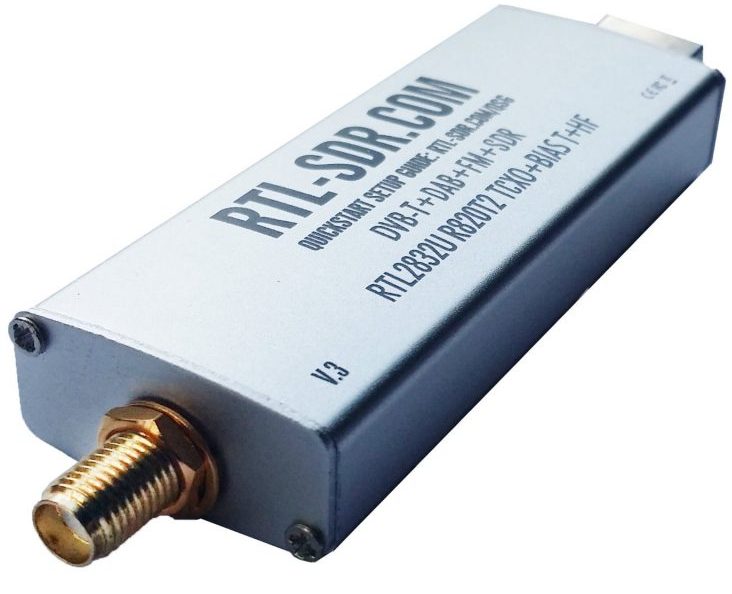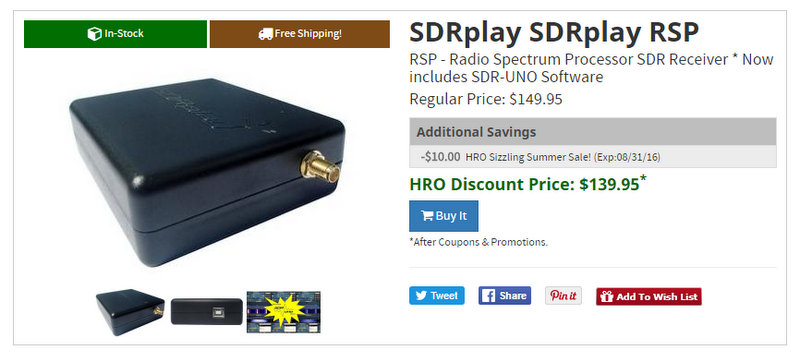
Many thanks to SWLing Post contributor, Mark Fahey, who replies to Ivan’s preliminary review of the V3 RTL-SDR dongle:
With Shortwave SDRs (the receiver dongle) now costing less than $20, the time has come for us to set up a global group of receivers that we can all log into at will!
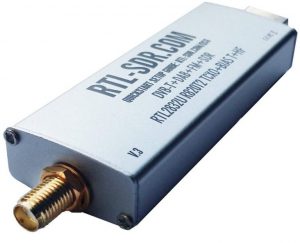 Have a look at SDR.hu – here you can put your SDR dongle on line and share it with anyone and they have full control of the receiver just as if it was in their own shack.
Have a look at SDR.hu – here you can put your SDR dongle on line and share it with anyone and they have full control of the receiver just as if it was in their own shack.
Imagine receivers scatted around the world – South America, Tropical Asia, Africa! The cost is now virtually nothing, all that is needed is the dongle, antenna (doesn’t have to be anything special – even a long wire or whip) and a small low cost CPU (Raspberry Pi for example).
Anyone else interested in this dream? Lets get together, get some receivers setup and then talk about our experience in a kick-ass presentation at the 2017 SWL WinterFest in PA!
Also… I am very soon to receive my KiwiSDR matched to a BeagleBone CPU. It will be online at SDR.hu and four remote listeners will be able to tune the full shortwave bands independently, its like my own Twente setup! Heaps of others are getting receivers online in the next few months with KiwiSDRs, this is going to be totally amazing!
I agree, Mark! While there is already quite a network of remote SDRs and receivers in the world, the barrier of entry keeps getting lower and lower. It’s hard to imagine that $25 can buy an SDR that natively covers the shortwave and mediumwave bands!
There’s only one other requirement for an online SDR that Mark didn’t mention: a decent Internet connection. Sadly, this is the only thing keeping me from hosting a remote SDR here at my home. I considered purchasing a KiwiSDR like Mark, but my upload speed (0.2-0.3 mbps) is so terrible and so unreliable that I could only host one listener at a time at best. You can bet that as soon as my ISP upgrades our service, I’ll launch a web SDR as well.
Of course, I’m willing to bet that most SWLing Post readers have more than enough bandwidth to host a $25 remote receiver! Let’s make Mark’s vision a reality!

